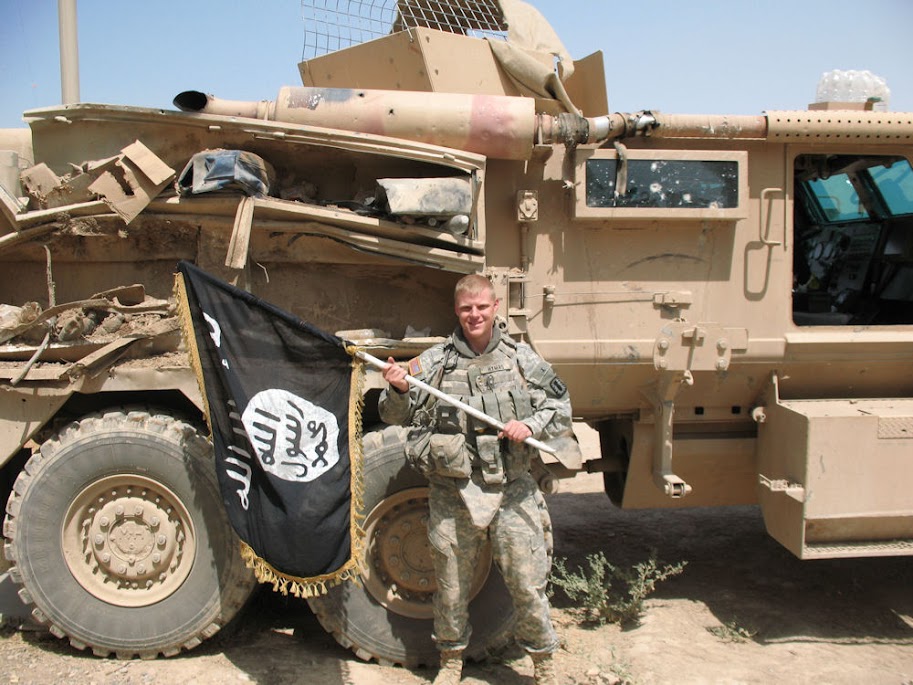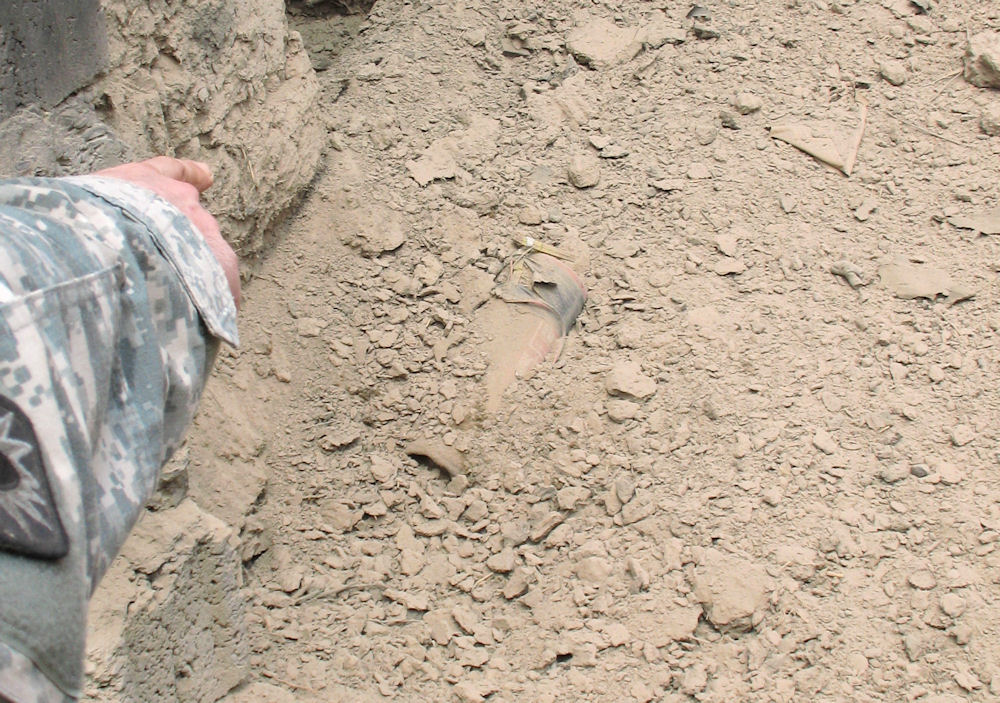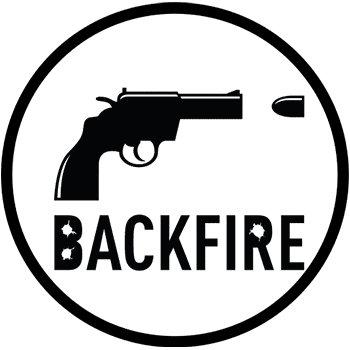Models and Brands of Handguns Currently Used by the Military

While the handgun plays a smaller role in the military than it does in the civilian and law enforcement world, it still has a place. It’s issued to service members both domestically and abroad. Some military handguns are iconic, while others are disliked.
The current handgun issued to the US Army is the Sig Sauer M17. It’s new to the service and replaced the Beretta M9. The Beretta M9 is still used by some units in the military as nothing changes overnight. There are also pistols used specifically by specialized units.
Learning about service pistols is interesting, as it’s the easiest weapon for citizens to own the exact same version as is issued in the military. Many restrictions fall on the ownership of military rifles and machine guns, but a pistol can be bought on the spot in most states.
The Role of the Pistol in the Military
It’s important to understand the role of the pistol in the military. Without this understanding, some people cast a harsh light on the choices the government makes when selecting or continuing to use a specific model.
As with any service pistol, the goal of the military is to find a one-size-fits-all option. It doesn’t have to be the best either, just good enough to do the job. If it shares common ammunition with other weapons, all the better.
In armed conflict, the handguns plays a very minor role. When I was in Iraq from 2006 to 2008, I saw machine guns get used a fair amount, rifles get used a little, and pistols essentially never. This is, of course, just discussing the usage of small arms. For the most part, being issued a handgun was nice because you didn’t need to carry a rifle around while on base.
Domestically, pistols get carried as a sidearm for those in a law enforcement role the same as their civilian counterparts.

Sig Sauer M17 and M18
The M17 and M18 were adopted by the US Army in 2017 and the other services thereafter. This model of the pistol is based on the Sig P320, but has been modified for military service. It represents a push to modernize the US military’s service pistol from the aging Beretta M9 design.
The M17 is a full-sized, polymer-framed pistol with a 4.7-inch barrel. Depending on the magazine used, it will hold 17 or 21 rounds of 9x19mm cartridges. It is also a striker-fired pistol, as opposed to the DA/SA trigger of the M9. It comes with iron sights but the slide is cut for a red dot optic.
The M18 is a compact version of the M17, with the major difference of having a 3.8″ barrel.
Both pistols are modular in nature, which means the actual serialized firearm can be separated from the frame and installed into a different one. Both have a manual safety and an M1913 accessory rail. While available in tan and black finishes, tan is the far more common color between the two.
The Sig P320 is a popular handgun, but has some controversy surrounding it. Based on the older (and unpopular) P250, it has a trigger with no safety insert as well as no manual safety. The P250 was a double-action-only (DAO) design and used the weight and length of the trigger pull as a safety. The P320 ran into trouble though when it replicated this design.
As the P320 has a lighter and shorter trigger pull, it is possible for the gun to discharge when dropped from waist height because of the physical weight of the trigger. Thankfully this doesn’t affect the M17 or M18, and Sig’s “upgrade” to the P320 involved installing an M17 style trigger.

The M17 and M18 used the same 9x19mm cartridge as the pistol it replaced. After decades of use, the US military is still satisfied with its performance. It’s also useful that the 9x19mm is standardized in NATO countries, and is cheap to buy.
The 9x19mm doesn’t have a great reputation for terminal performance when shooting FMJ ammunition, and looking back in time the military went with a .45 caliber cartridge after the .38 caliber revolvers earned the same reputation.
As a striker-fire pistol, there is a shorter learning curve on firearms proficiency. Service members no longer need to learn to shoot the DA/SA transition and no longer have to worry about decocking the firearm before holstering.
In terms of modularity, it was required by the Army for the new service pistol. What good it does for the military is anyone’s guess. The appeal of a modular pistol is the ability to change the gun in dimensions without needing to buy a second model.
In practice, people who need a full-size and compact pistol on a regular basis just buy a second pistol. Swapping out pistol frames is worthwhile if it is going to be used in a different configuration for the foreseeable future, but not to change out on a daily basis. The exception to this is when local laws make obtaining handguns difficult.
The M17 and M18 were selected over a number of different firearms, including models from Glock, Ruger, Smith & Wesson, Beretta, and CZ. Its closest competitor during the testing was the Glock 19X, and rumors were the Sig was chosen for its lower price. I’m entirely inclined to believe this played a role in the decision-making.
Glock sued the federal government over the decision to adopt the M17 and M18, something that was entirely expected but did not succeed.
Both the M17 and M18 are sold by Sig Sauer to civilians.

Beretta M9
The Beretta M9, based on the Beretta 92, was adopted by the US military in 1985. While officially replaced, it’s to be expected for an older service weapon to still be used some time afterward. The M9 replaced the long-serving M1911A1 design and offered higher capacity and lighter weight.
Featuring an aluminum alloy frame and chambered in 9x19mm, the Beretta M9 was a significant departure from the steel-framed M1911A1. Magazine capacity went from 7 rounds of .45 ACP to 15 rounds of 9x19mm. It has a 4.9″ barrel and features a DA/SA trigger system.
While early models of the Beretta 92 featured a frame-mounted safety for shooting single-action-only (SAO), the M9 was changed to have a slide-mounted safety and decocker. This made the M9 a dedicated DA/SA design.
The M9 is a somewhat controversial pistol, as are most weapons issued to service members. Some people hate it, a lot of people view it as average, and a few people love it. As I served during the time period when the M9 was issued, I’ll give my opinion on the subject. I have shot them but was never issued one.
When discussing the M9 it’s important to understand that service members know they’re being supplied equipment by the lowest bidder. There is a trend to think anything issued to them is middle of the road in quality. Also, they also tend to blame firearms for their own lack of knowledge and dedication to weapon maintenance.

With that said, the M9 was not a trusted firearm to most soldiers. After our invasion of Iraq, it was discovered the issued magazines cause major reliability problems. The phosphate coating attracted dust, commonly referred to as “moon dust” by service members, and jammed up. Thankfully, these magazines were phased out from front-line service. But, the damage to the M9’s reputation was done.
Beyond that, I’m still not a big fan of the M9 design. The pistols being issued to soldiers were beaten up, even though they hadn’t seen a lot of use. Beretta was also slow to modernize the pistol with a smaller grip, a replaceable front sight, and an M1913 accessory rail. This is a common symptom of having a lucrative government contract.
With the original grip, it’s a big pistol in the hand and was too big for many female service members to shoot comfortably. The first DA trigger pull was a long reach and many lacked confidence in their ability to be accurate with their first shot. The slide-mounted safety also gets activated by many newer shooters when racking the slide.
The 9x19mm’s reputation for not being an effective pistol cartridge largely came from the M9. When I was in the service, many people wanted to be issued a pistol chambered in .45 ACP instead. With how little pistols get used in modern combat, many thought the decreased capacity was a worthwhile trade-off for a larger bullet.
The M9 too had its share of controversy for being selected over the Sig Sauer P226. Back then it was believed the US military chose the cheaper pistol, not the better one. Once again, there is probably some truth to this.
Beretta offers the M9, M9A1 and, M9A3 for civilian buyers. For those concerned with grip size, consider a Vertec model.

Heckler & Kock Mk23 Mod 0
Perhaps the most idolized military pistol of the 20th century, the H&K Mk23 Mod 0 was adopted in 1996 by the Navy SEALs. It’s a massive service handgun and has a cult-like following. Because it’s chambered in .45 ACP it does have a lower magazine capacity of 12 rounds.
The Mk23 Mod 0 is a polymer-framed handgun with a long 5.875″ barrel. It can be shot in either DA/SA or SAO by using the frame-mounted safety. It also has a decocker. In propaganda pictures, the pistol is typically seen mated with a suppressor and a laser that attaches to the proprietary rail.
Now that the basic specifications are out of the way, allow me to poke fun at the hype surrounding this pistol. I will admit though I don’t own one, and don’t own a Mark 23 (civilian version). I do however own an H&K USP 40, which shares a lot of similarities as they are based on the same design.
Many people will refer to the Mk23 Mod 0 and an “offensive handgun”, one that can be used to take the fight to the enemy. This idea is pure rubbish. It’s not a good idea to attack anyone armed with a rifle or machine gun when you are armed with a pistol. The whole allure of a pistol is to be minimally armed, but also minimally inconvenienced.
The .45 ACP also benefits very little from a longer barrel. The cartridge itself can only develop so much velocity, regardless of barrel length. Much is made about the accuracy of the Mk23 Mod 0 and I don’t doubt its technical capabilities, but it won’t translate to real-world, free-style shooting. The human is still the limiting factor.
Also, anything based on the H&K USP will fit the hand like a 2×4.
As previously mentioned, the H&K Mark 23 is the civilian version and it commands a hefty price. For those wishing to experience a classic H&K pistol, I recommend going the USP route as I did. Buying a Mark 23 with the same laser and suppressor as used by the service can more than double the price of the handgun.

Glock G19
A far more sensible pistol, the Glock G19 is also used by the Navy SEALs and replaced the Sig P226 Mk25. To the best of my knowledge, the Glock G19 didn’t receive a military designation and retains its civilian name.
The G19 is a compact pistol in name but is barely smaller than some full-size pistols. It has a polymer frame and uses a 4″ barrel. Chambered in 9x19mm, it uses a 15-round magazine and is compatible with the longer Glock G17 and G18 magazines. Glock pistols are lightweight when compared to other similar brands and the G19 Gen 5 only weighs 30.16 ounces.
The G19 showcases what makes a pistol desirable in the first place. It offers enough firepower to protect one’s self at close ranges but isn’t big or heavy. It’s on the larger side for concealed carry but can be done. It does then to “print”, which is a term for having a bulge on your hip that is visible when wearing a t-shirt.
The G19 was already a hugely popular pistol prior to military adoption and has an almost unlimited number of accessories available for it. Glock offers the Gen 3 model, and the Gen 4/5 models either cut for an optic or not. Glock does not offer a military edition of the G19.
If you are interested in purchasing a G19, I highly recommend looking at the Gen 5 models. Glock finally got rid of the finger groves with this iteration. They refer to the optic-ready versions as MOS.
